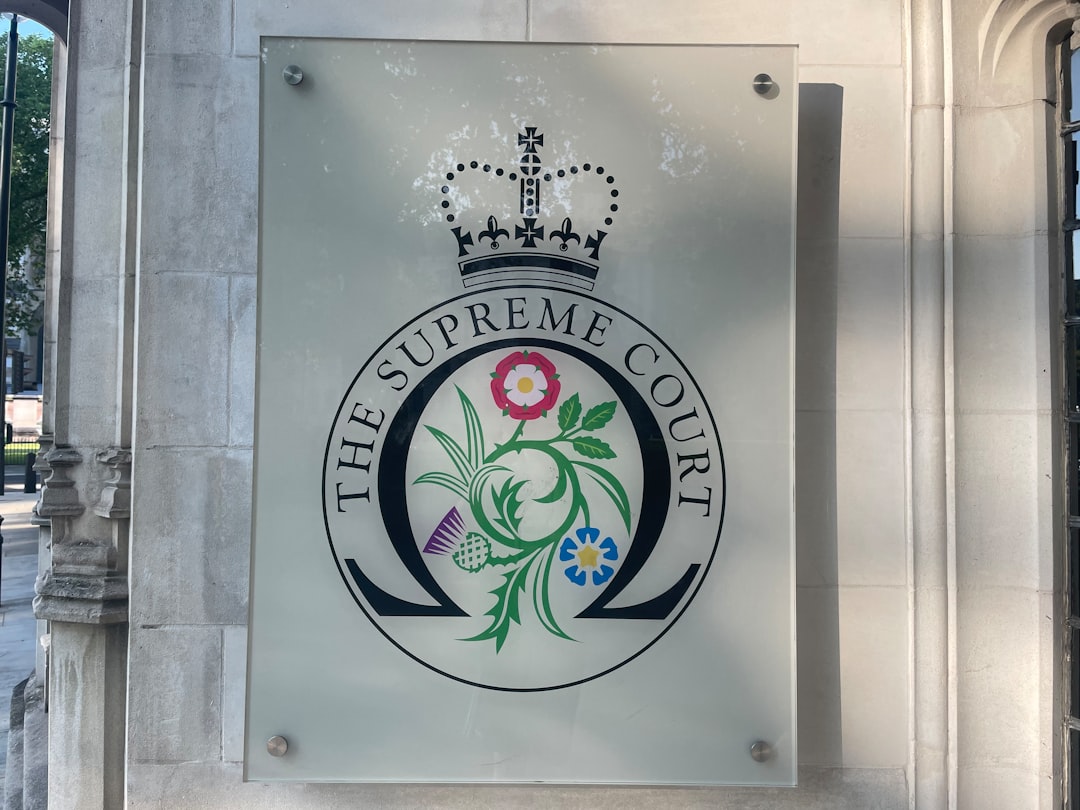Joe Hisaishi, born Mamoru Fujisawa, is a composer whose work transcends the boundaries of traditional film scoring. His unique sound is characterized by a blend of orchestral and minimalist elements, often infused with a sense of nostalgia and whimsy. Hisaishi’s compositions frequently feature lush strings, delicate piano melodies, and intricate woodwind arrangements, creating an auditory landscape that is both rich and evocative.
His ability to weave together various musical styles—from classical to contemporary—allows him to craft scores that resonate deeply with listeners, evoking a wide range of emotions.
This technique not only provides cohesion within a score but also allows audiences to form emotional connections with the characters and narratives.
For instance, the recurring piano theme in “My Neighbor Totoro” encapsulates the innocence and wonder of childhood, while the sweeping orchestral arrangements in “Spirited Away” reflect the film’s fantastical elements. Hisaishi’s mastery of melody and harmony enables him to create soundscapes that are instantly recognizable, making his music a defining feature of the films he scores.
Key Takeaways
- Joe Hisaishi’s music is characterized by its unique and distinctive sound, blending classical, jazz, and traditional Japanese influences.
- Hisaishi’s collaboration with Studio Ghibli has produced some of the most iconic and beloved film scores in animation history.
- Hisaishi’s music has a profound emotional impact, evoking a wide range of feelings and enhancing the storytelling in Studio Ghibli films.
- Hisaishi’s influence on Studio Ghibli films is undeniable, with his music becoming an integral part of the studio’s identity and success.
- Hisaishi’s music has transcended the world of film, becoming a staple in popular culture and gaining a dedicated global fanbase.
- The legacy of Joe Hisaishi’s music is enduring, with his compositions continuing to inspire and resonate with audiences around the world.
Hisaishi’s Collaboration with Studio Ghibli
A Sonic Identity
This partnership has resulted in some of the most iconic soundtracks in cinematic history, with Hisaishi’s music elevating the storytelling and emotional depth of each film. His scores have become an integral part of the Studio Ghibli brand, evoking a sense of wonder, adventure, and emotional resonance that has captivated audiences worldwide.
A Shared Vision for Storytelling
The synergy between Hisaishi and Studio Ghibli is rooted in their shared vision for storytelling. Hisaishi’s compositions often mirror the themes and emotions present in the films, whether it be the sense of adventure in “Castle in the Sky” or the poignant moments of loss in “Grave of the Fireflies.” The music serves not only as a backdrop but as an integral part of the narrative, guiding viewers through the emotional landscape of each story.
Pushing the Boundaries of Animation and Film Scoring
This collaborative spirit has allowed both Hisaishi and Studio Ghibli to push the boundaries of animation and film scoring, creating works that resonate with audiences across generations. Their partnership has raised the bar for animation soundtracks, inspiring a new generation of composers and filmmakers to explore the possibilities of music in animation.
The Emotional Impact of Hisaishi’s Music

The emotional impact of Joe Hisaishi’s music is profound and multifaceted. His ability to evoke feelings through melody and harmony is unparalleled, often leaving listeners with a sense of longing or nostalgia. For example, the score for “Spirited Away” features haunting melodies that capture the protagonist’s journey through a mystical world, reflecting her fears and hopes.
Hisaishi’s use of silence and space within his compositions further enhances their emotional weight. By allowing moments of quiet reflection amidst sweeping orchestral passages, he creates a dynamic contrast that draws listeners into the narrative.
In “Princess Mononoke,” for instance, the interplay between serene melodies and powerful crescendos mirrors the film’s exploration of conflict between nature and industrialization. This careful balance invites audiences to contemplate the themes presented on screen, making Hisaishi’s music an essential component of the storytelling experience.
Hisaishi’s Influence on Studio Ghibli Films
Joe Hisaishi’s influence on Studio Ghibli films extends beyond mere accompaniment; his music shapes the very essence of these animated masterpieces. Each score is meticulously crafted to align with the visual storytelling, enhancing character development and thematic exploration. In “Howl’s Moving Castle,” for example, Hisaishi’s score captures the whimsical yet poignant nature of the narrative, using light-hearted melodies to reflect Sophie’s transformation while also incorporating darker undertones that echo her struggles.
Moreover, Hisaishi’s compositions often serve as a narrative device in themselves. The music can foreshadow events or highlight emotional shifts within a scene. In “The Wind Rises,” his score beautifully encapsulates Jiro’s dreams and aspirations while simultaneously conveying a sense of melancholy about the realities he faces.
This intricate relationship between music and narrative allows Hisaishi’s work to transcend traditional film scoring, positioning it as a vital element that enriches the storytelling process.
Hisaishi’s Music in Popular Culture
The reach of Joe Hisaishi’s music extends far beyond the confines of Studio Ghibli films; it has permeated popular culture in various forms. His compositions have been featured in numerous television shows, commercials, and even video games, showcasing their versatility and universal appeal. The hauntingly beautiful theme from “My Neighbor Totoro,” for instance, has been covered by various artists and used in different media contexts, illustrating its lasting impact on audiences worldwide.
Concerts dedicated to Hisaishi’s work have also gained popularity, drawing fans from diverse backgrounds who wish to experience his music live. These performances often feature orchestras playing selections from his extensive catalog, allowing audiences to immerse themselves in the rich soundscapes he has created over decades. The emotional resonance of his music continues to captivate listeners, making it a staple in both classical concert settings and contemporary cultural events.
The Legacy of Joe Hisaishi’s Music

Influence on Future Generations
As new generations discover Studio Ghibli films and their accompanying scores, Hisaishi’s influence continues to grow, ensuring that his music remains relevant in an ever-evolving cultural landscape.
Global Appreciation of Anime
Furthermore, Hisaishi’s work has contributed significantly to the global appreciation of anime as an art form. By elevating the musical component of animated storytelling, he has helped to redefine how audiences perceive animation—not merely as children’s entertainment but as a medium capable of conveying profound themes and emotions.
Enduring Legacy
As such, Joe Hisaishi’s music will undoubtedly endure as a cornerstone of cinematic history, celebrated for its beauty, depth, and emotional resonance for years to come.
Joe Hisaishi’s music has been a defining feature of Studio Ghibli films, capturing the emotional essence of each story with his beautiful compositions. In a related article on Yimho, “Empiricism: Challenging Innate Ideas and Shaping Knowledge,” explores the concept of challenging preconceived notions and shaping knowledge through empirical evidence. Just as Hisaishi’s music challenges the audience’s emotions and enhances the storytelling in Studio Ghibli films, this article delves into how empirical evidence can challenge our innate ideas and shape our understanding of the world around us. It’s a fascinating parallel that highlights the power of both music and empirical evidence in shaping our perceptions and emotions. Read more here.
FAQs
Who is Joe Hisaishi?
Joe Hisaishi is a renowned Japanese composer and musical director known for his work on the soundtracks for Studio Ghibli films, as well as his collaborations with director Hayao Miyazaki.
What are Studio Ghibli films?
Studio Ghibli is a Japanese animation film studio known for producing critically acclaimed and commercially successful animated films, including “My Neighbor Totoro,” “Spirited Away,” “Princess Mononoke,” and many others.
What is Joe Hisaishi’s role in Studio Ghibli films?
Joe Hisaishi is responsible for composing the music and creating the emotional soundscapes that accompany the storytelling in Studio Ghibli films. His music is an integral part of the emotional impact of these films.
What is unique about Joe Hisaishi’s music?
Joe Hisaishi’s music is known for its emotional depth, melodic beauty, and ability to capture the essence of the stories and characters in Studio Ghibli films. His compositions often blend orchestral elements with traditional Japanese instruments, creating a unique and evocative sound.
How has Joe Hisaishi’s music impacted Studio Ghibli films?
Joe Hisaishi’s music has played a significant role in shaping the emotional impact and overall success of Studio Ghibli films. His compositions have become synonymous with the studio’s storytelling and have garnered widespread acclaim from audiences and critics alike.
What are some of Joe Hisaishi’s most famous compositions for Studio Ghibli films?
Some of Joe Hisaishi’s most famous compositions for Studio Ghibli films include the themes from “My Neighbor Totoro,” “Spirited Away,” “Princess Mononoke,” “Howl’s Moving Castle,” and “Castle in the Sky,” among others. His music has become iconic within the world of animation and film.






















+ There are no comments
Add yours